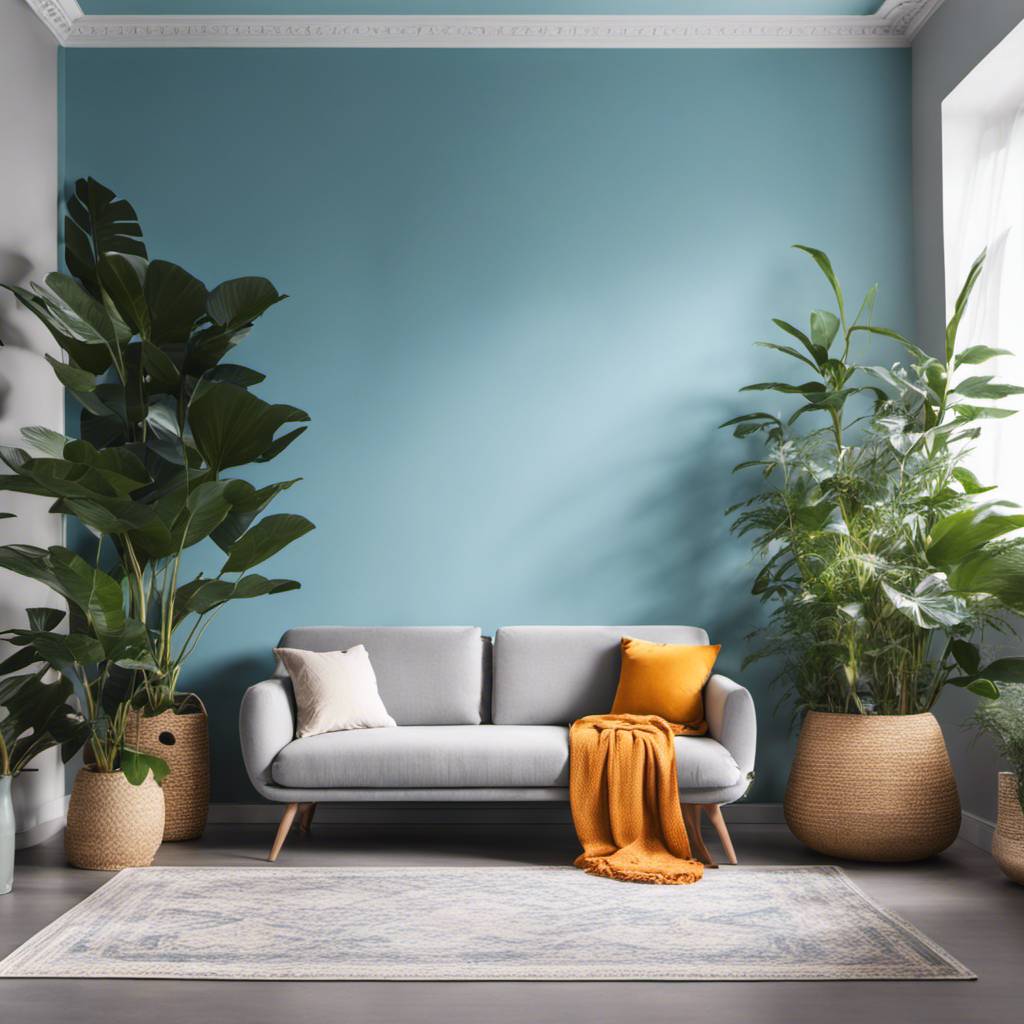The rising levels of stress and anxiety among adolescents today is a grave concern. The World Health Organization (WHO) reports that 3.6% of adolescents between 10-14 years and 4.6% of those between 15-19 years have experienced an anxiety disorder. The figures are even more alarming in the context of the COVID-19 pandemic, with the Centers for Disease Control (CDC) reporting that 37% of youth experienced poor mental health during this period. The most vulnerable groups include teen girls and teens who identify as LGBTQ+. The reasons are manifold, ranging from pandemic-induced isolation to rising global threats and increased stress among caregivers.
While these challenges may seem insurmountable, there are ways to support the youth. One such method being adopted by schools and other youth organizations is the implementation of wellness rooms. These rooms serve as a safe haven for students who need to take a step back, gather their thoughts, and regulate their emotions before rejoining the classroom or other activities.
A wellness room is a sanctuary where students can retreat when they feel overwhelmed, anxious or unable to control their emotions. It provides various sensory activities to help students refocus their attention before returning to their regular environment. This concept has been successfully implemented in classrooms nationwide and has potential for use in nonprofit organizations, after-school programs, juvenile justice, and child welfare systems.
Research indicates that wellness rooms can help students regulate emotions and stress, making them more attentive and active participants in the classroom. This can significantly improve their chances of achieving academic success, aligning with the latest health/fitness trends&news. For instance, data from The Cook Center for Human Connection shows that students frequently use these rooms, with 90% returning to the classroom after spending just 10 minutes practicing wellness techniques.
One success story that stands out is a young female adolescent who used her school’s wellness room after a panic attack. A tool provided in the room helped her focus, and she was able to self-regulate and return to class. This incident not only increased communication between the family and the school about self-regulation but also instilled a sense of pride in the student’s mother.
However, for a wellness room to be effective, there are certain standards, training, and plans of action that need to be in place. Staff, parents, and students should be trained on how to use the space. There should be a time limit for how long a student can stay in the wellness room. A dedicated professional should monitor the students to ensure their safety and identify when to escalate the situation to higher authorities. The room should be a no-phone space, equipped with sensory activities like fidget objects, sand, stress balls, and soothing music or sounds. Comfortable furniture that makes students feel safe and supported is also essential.
Parent involvement is crucial for the success of wellness rooms. Schools can collect data to identify students who are most at risk based on their visits to the wellness room. This information can be shared with parents, who can then work with the school psychologist and other professionals to formulate a plan to help their children improve their mental health. Reinforcing the importance of taking a break when needed is the first sign of success for students.
Feedback from previous grant awardees has been overwhelmingly positive. Students do not misuse the privilege of the wellness room as long as clear expectations and training are in place for students, teachers, and parents. The wellness room has even been used by teachers to start their day and by principals to conduct parent meetings.
In conclusion, wellness rooms are not just a trend but a necessity in today’s stressful environment. They serve as a vital tool in supporting the mental health of our youth, fostering a culture of self-regulation and emotional well-being.
